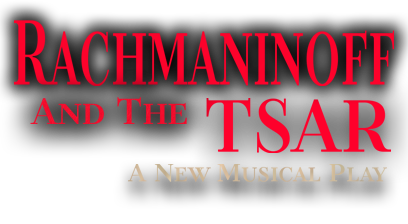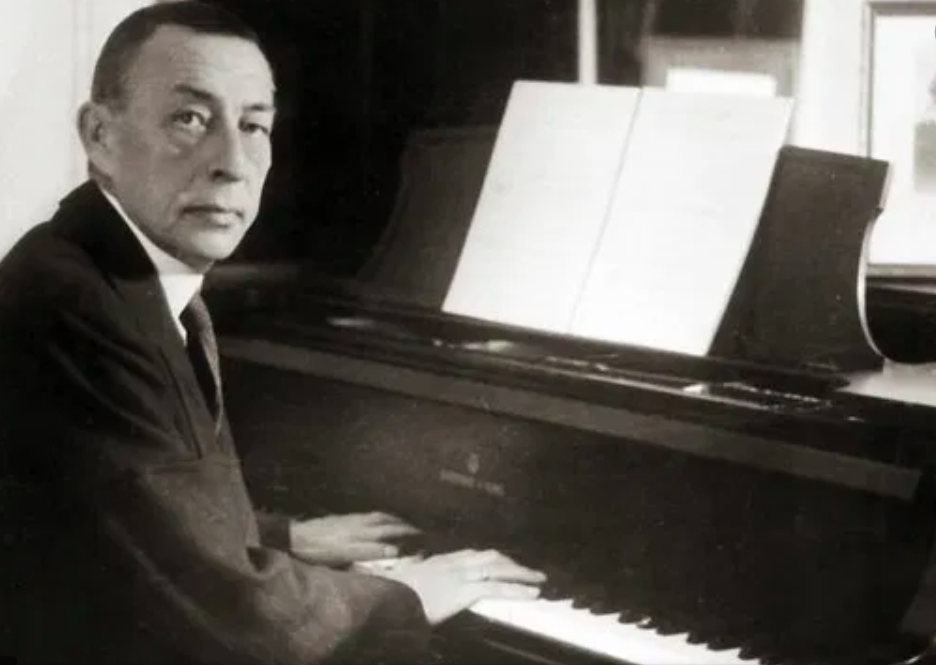
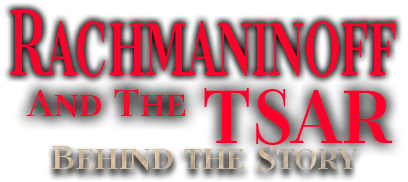
Researched and Written by: Meghan Maiya, MA
The Early Years
EARLY BACKGROUND
Sergei Vasilyevich Rachmaninoff was born into Russian Aristocracy, on the 1st of April, 1873 in Semyonovo, Novogrod Governorate, Russian Empire. It is said that centuries before, his ancestor was the Prince of Moscow. He began his relationship with the keyboard when he was four years old playing by ear, after which his mother enrolled him in piano lessons. At ten years old, he was enrolled in the St. Petersburg Conservatory, and when he was twelve years old, he was transferred to the Moscow conservatory where he was under the tutelage of the notorious task master “Zverev” who wouldn’t allow even one wrong note. By the time he was fourteen, he began to compose for the piano. By the time he was nineteen he had amassed a significant amount of serious composing including his first piano concerto, an opera, Aleko, for which he earned a gold medal from the conservatory and upon graduating he was awarded a diploma which allowed him the official title of a “Free Artist,” a significant designation in Tsarist controlled Russia. Early compositions included the popular C sharp Minor Prelude with which he became associated for the rest of his life. He was only nineteen when he composed it.

FAILURE OF SYMPHONY No. 1
In September 1894, Rachmaninoff was staying with his aunt and uncle the Satins, at their summer estate Ivanovka, where he put together his first thoughts about his first symphony in D minor. Once he began to write in January 1895, it took eight months to complete (January 1895 to August 30, 1895, finishing when he was back at Ivanovka).
During 1896, largely through the influence of composers Taneyev and Glazunov, the Russian philanthropist and music publisher Mitrofan Belyayev agreed to include Rachmaninoff’s First Symphony in a Russian Symphony Concert, having already arranged a performance of The Rock at a concert on 20 January 1896 under Glazunov. With the prospect of a performance of the symphony, his largest orchestral work so far, Rachmaninoff found it difficult to concentrate on other new compositions. Although he did manage to complete his 12 Songs, Op. 14, his six Moments musicaux, Op. 16, and the Six Choruses for women’s or children’s voices, Op. 15 (commenting that they were so difficult that no child would ever be able to sing them)
The premiere was to take place in St. Petersburg on 15 March 1896 in the Hall of Nobility (now called the St. Petersburg Philharmonic Hall).
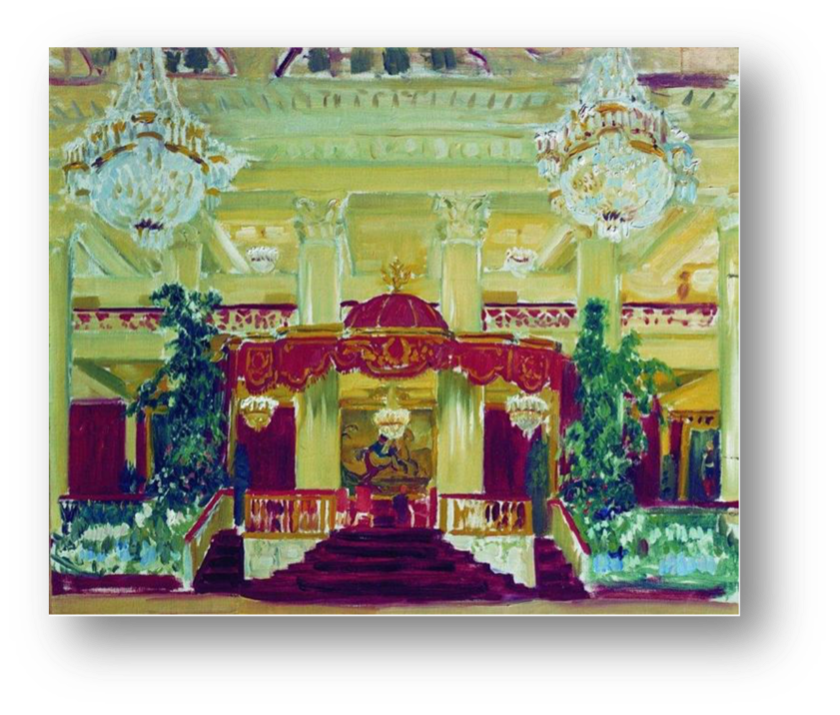
COMPOSING SLUMP
It crossed Rachmaninoff’s mind to destroy the score of his first symphony, but he did not. In 1908 he contemplated revisiting it and did not. In 1917 he wrote to Asafyev, “I won’t show the symphony to anyone, and in my will I shall make sure nobody looks at it.” The symphony was never performed again during his lifetime.
Rachmaninoff had no money, but needed to get away from St. Petersburg following the failure of his first symphony. With financial help from the Skalon sisters he hurriedly retreated and was unable to compose anything of significance for two years.
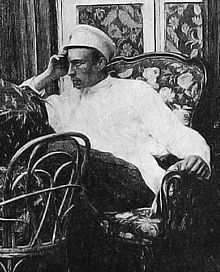
FIRST CONDUCTING POST
With inspiration at a low point, it was fortunate that he was offered a conducting post by Savva Mamontov, a wealthy Moscow industrialist. In 1885 Mamontov founded the Moskovaskaya Chastnaya Russkaya Opera (The Moscow Private Russian Opera Company) and for the 1897-98 season he decided to engage Rachmaninoff as deputy to the principal conductor, the Italian Eugenio Esposito.
Rachmaninoff’s first engagement for the season was Glinka’s Zhizn’ za tsarya (A Life for the Tsar) Esposito had little talent and feared for his position when Rachmaninoff was hired, and thus resolved to be utterly unhelpful to the inexperienced newcomer. For the Glinka he only allowed for one rehearsal, during which Rachmaninoff failed to understand why it was that everything went well when the orchestra was playing alone but that the signing was catastrophic. Esposito gleefully took over the performance at the eleventh hour. Rachmaninoff watched closely and discovered that when conducting you have to cue the singers in!
After a successful conducting season, Rachmaninoff settled down to a fairly inactive/unproductive period. He went to Crimea for the benefit of his health.
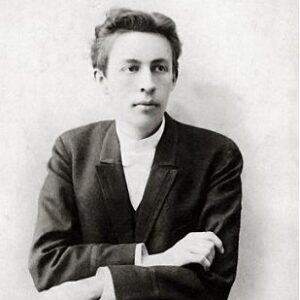
FIRST ENGAGEMENT ABROAD
He went to London to perform his first engagement abroad. He had been invited by the Philharmonic Society to appear in one of its Queen’s Hall concerts. The society anticipated that Rachmaninoff would play his Second Concerto, but it was not ready. In fact, it would be another 18 months before even the first 2 movements would be ready for a performance in Moscow. Declining to play the first concerto (considering it merely a student work) he offered to conduct one of his orchestral works instead. Rachmaninoff conducted his own Rock fantasy. He also played the Elégie and the Prelude in C sharp from Op. 3.
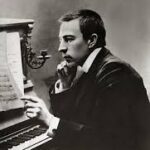
LONDON CRITICS
Generally, the London critics felt the Russians had a good grasp of orchestral colour but lacked backbone and substance. ‘Small, ill-nourished’ themes, which ‘crept about in apologetic half-tones’ (The Musical Times’s verdict on The Rock).
He was praised for ‘superb and original’ orchestral effects (the Times) which were ‘amazingly clever, some quite new, others charming or startling, occasionally impressive as mere combinations of timbre, and the whole dazzling like flashes from a brilliant gem’ (The Musical Times).
As a pianist, Rachmaninoff’s Prélude was a piece already universally deemed ‘hackneyed’. The Daily Telegraph asserted that Rachmaninoff was not ‘a pianist of colossal technique’ while the Monthly Musical Record found him ‘a highly cultivated player’ and the Times, stating that his playing was ‘not so effective’ but his conducting technique, ‘His command was supreme; his method, quietness idealized.’ ‘He succeeded in making the Philharmonic orchestra play as it had not played for many a long day.
He must have been received well enough by the public, as he was invited back the next year. However, he would not return again until 1908. By then, the Second Concerto, which the Philharmonic had hoped for the first time, was complete, but he played it with the London Symphony Orchestra.
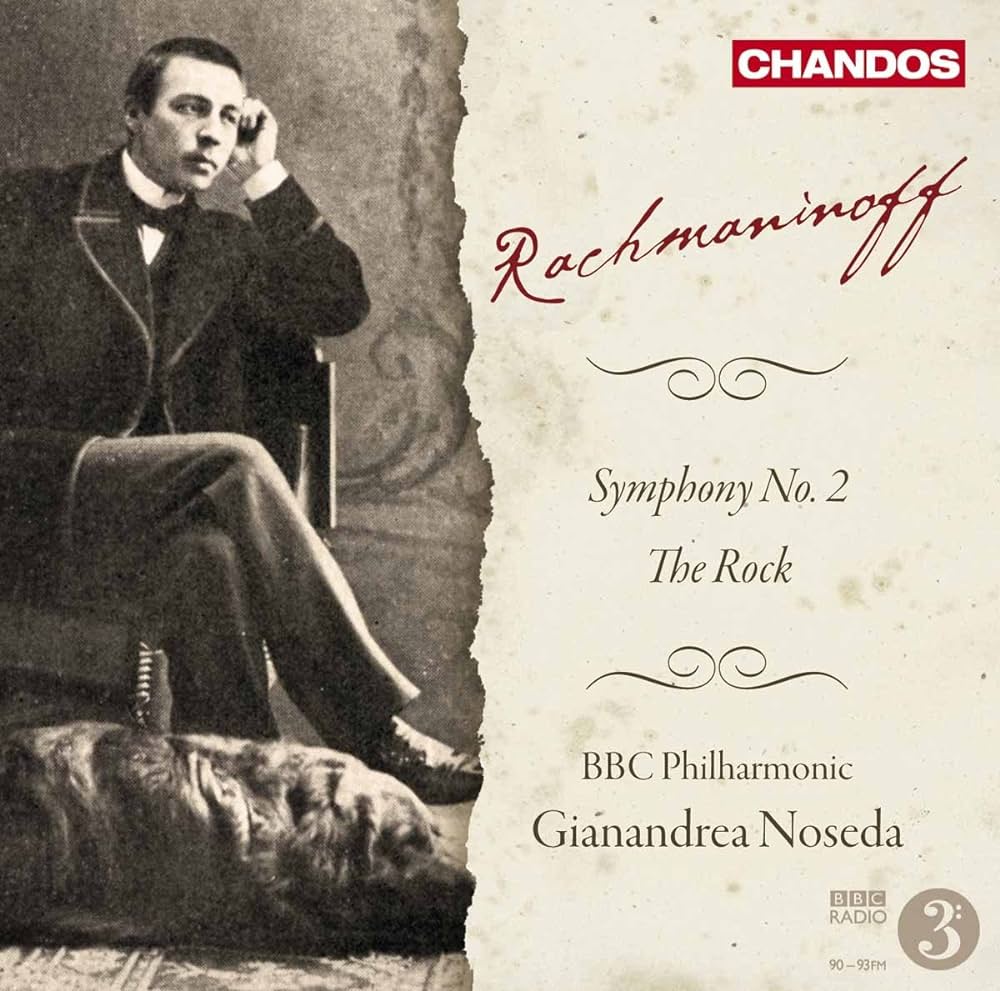
PREMIERE OF ALEKO
27 May 1899 Arensky decided to organize a special concert to celebrate the centenary of Pushkin’s birth. The concert was entirely of works inspired by Pushkin’s poetry, including several by Arensky himself and concluding with Rachmaninoff’s opera, Aleko.

REMEDY MISFIRE
Rachmaninoff was still unable to compose with his earlier fluency, and this remained so when he returned to Moscow. A friend of the Satins, Princess Alexandra Lieven, arranged for Rachmaninoff to meet Lev/Leo Tolstoy [Count Lev Nikolayevich Tolstoy], a writer Rachmaninoff greatly admired. The princess wrote to Tolstoy saying that Rachmaninoff had lost confidence in his own powers and was likely to go to ruin. The meeting was a disaster.
Despite which, although we cannot be quite sure of this date, it was probably after these encounters that Rachmaninoff composed a song quite unlike the trifles of the previous summer, a setting of Rathaus called “Night.” This is a distinguished and indeed troubling portrayal of sleeplessness, both Rachmaninoff’s music and Rathaus’s words conveying an equivical sweet poignancy. It is not impossible that the former had in mind the recent marriage of Vera Skalon, whom he had first met at Ivanovka then years before and with whom he had at one time been very close. “Night”. Was published in 1904 by Jurgenson for the Russian Music Society in an album of pieces by contemporary Russian composers.

SESSIONS WITH HYPNOTHERAPIST, DR. NIKOLAI DAHL:
Yet despite composing this excellent if little-known piece, Rachmaninoff was still greatly discouraged, even apathetic, and the Satins decided that extreme measures were necessary. As it happened his Aunt Varvara had been suffering from a nervous complaint of her own, the main symptom of which was a swelling of her face. Orthodox cures had done no good and she finally resorted to a hypnotherapist Dr. Nikolai Dahl, a family friend of the Satins who lived nearby. He was entirely successful in Aunt Varvara’s case and it felt that the composer might benefit from similar methods. Whether one is or is not suitable subject for hypnotic treatment is a matter of chance, but it proved to be exactly what Rachmaninoff seemed to need from January to April 1900 he saw Dahl every day. The cure was later known to be famously successful even if the results were not quite immediate.
Decades later Rachmaninoff described to Riesemann his sessions with Dahl, who would tell him day after day, ‘You will begin to write your concerto . . . you will work with great facility . . . the concerto will be of excellent quality . . .
These key phrases from Rachmaninoff’s account of his treatment have been quoted countless times in notes for LP and CD recordings and in announcements preceding broadcasts of the piece that he would soon begin to write a few months later and dedicated it to Dahl, namely his Piano Concerto No. 2.
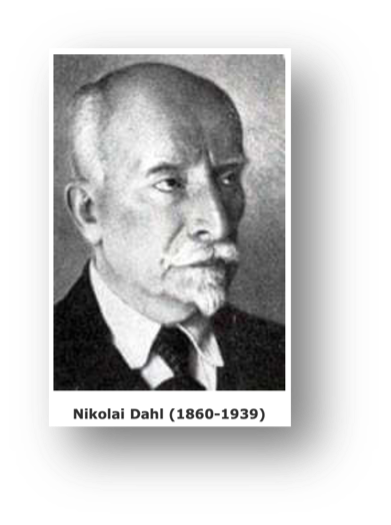
The Revolution
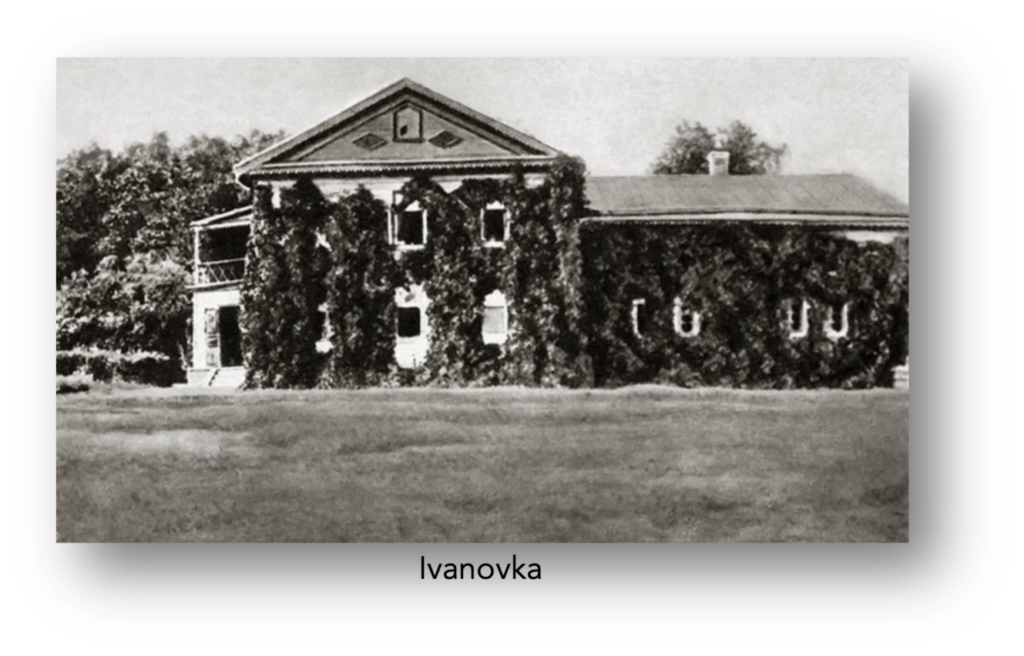
Summer 1916
Rachmaninoff returned to Ivanovka from his cure in the summer. He learned that his
father who was spending the summer with his family, had two days before suffered a heart attack and died. Rachmaninoff began to sketch the second set of Études-Tableaux, Op 39. They reflect a dark introspection. Eight of the nine pieces are in the minor key and the majority of them feature Dies Irae (Meaning: a Latin hymn sung in a Mass for the Dead) in one form or another. Although there is no proof whatsoever that this was due to the death of Rachmaninoff’s father, the obsessive recurrence of the chant throughout the set is likely to have come from something more than the usual mystical fascination it had for the composer.
November 29, 1916
First performance of 8 of the Études-Tableaux, Op 39 in Petrograd although the dates on the manuscript of two of the pieces characteristically postdate this. Note: It was Rachmaninoff’s intention to dedicate the set to Koshetz – was Rachmaninoff’s intention to dedicate the set to pianist Koshetz – with whom it was said that he was having an affair – she graduated as a pianist from Moscow Conservatoire in 1911, playing Rachmaninoff’s Second Concerto – but rumors of scandal beginning to circulate about their association made him decide otherwise. He severed their relations altogether in the summer of 1917.
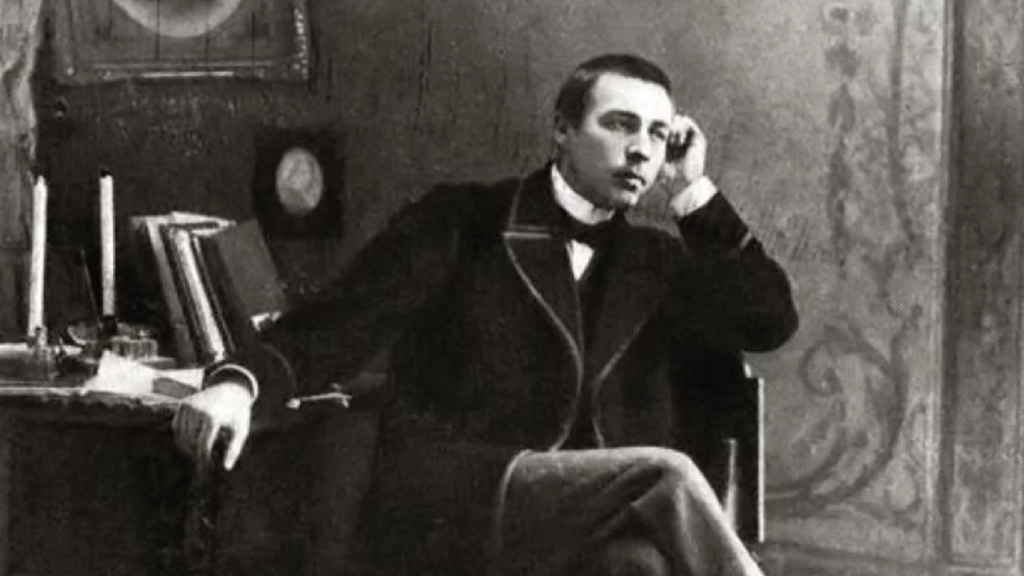
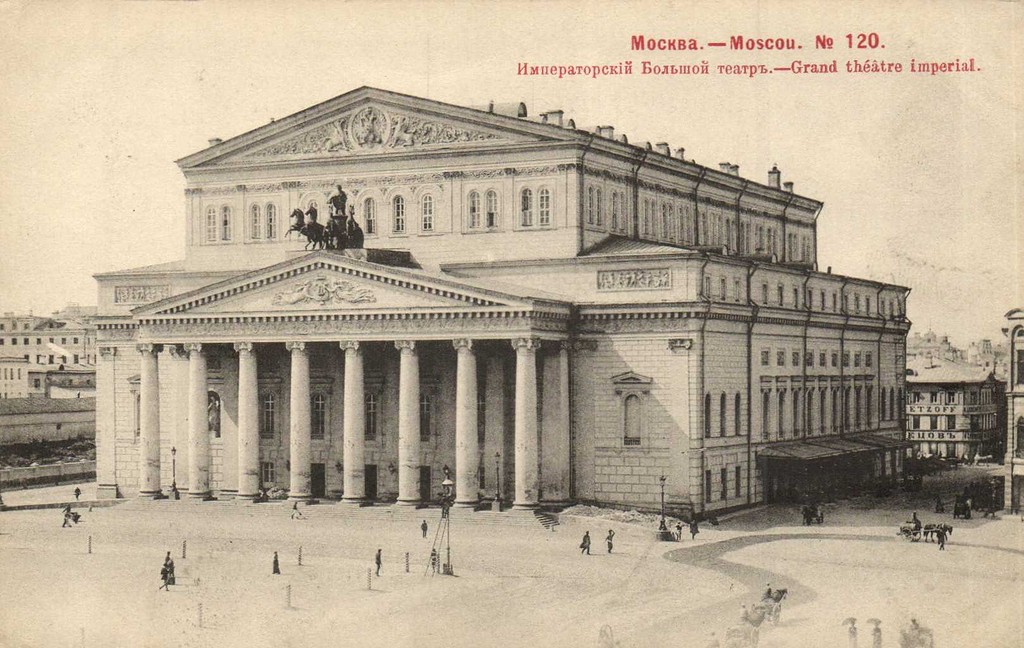
Winter 1917
The turbulence of Rachmaninoff’s Études-Tableaux was echoed by the troubled political times in which they were written, but throughout Rachmaninoff continued his concert routine. On 7 January 1917 at the Bolshoi Theatre Rachmaninoff appeared with enormous success for the last time as a conductor in Russia, in performances of The Crag, The Isle of the Dead and The Bells. For the remainder of the month he toured Russian cities with a recital programme. At the end of February he was in Petrograd for a recital about the time of the general strike, which culminated in the February Revolution and the abduction of the Tsar. ‘Freedom’ was the watchword and according to Sofiya Satina, the changed political circumstances were as much welcomed by Rachmaninoff as they were generally. Back in Moscow, Rachmaninoff played the Tchaikovsky concerto with Koussevitzky on 12 & 13 March, giving the proceeds to the Union of Artists with a note: ‘Free artist S. Rachmaninoff donates his fee from the first performance in his henceforth free country to the needs of the free army.’ A week later Rachmaninoff performed Liszt’s First Concerto with the same conductor for the first time, and on 25 March he appeared for the last time ever in Moscow in a charity performance of three concertos – his own Second and the Tchaikovsky (First) and Liszt (First) concertos – at the Bolshoi Theatre, with the orchestra conducted by Emil Cooper. The whole of the proceeds from this concert also went to army relief.
March 1917
Rachmaninoff decides he must find a way to leave Russia.
“Almost from the very beginning of the revolution I realized it was mishandled. Already by March of 1917 I had decided to leave Russia but was unable to carry out my plan, for Europe was still fighting and no-one could cross the frontier.” ~ Rachmaninoff
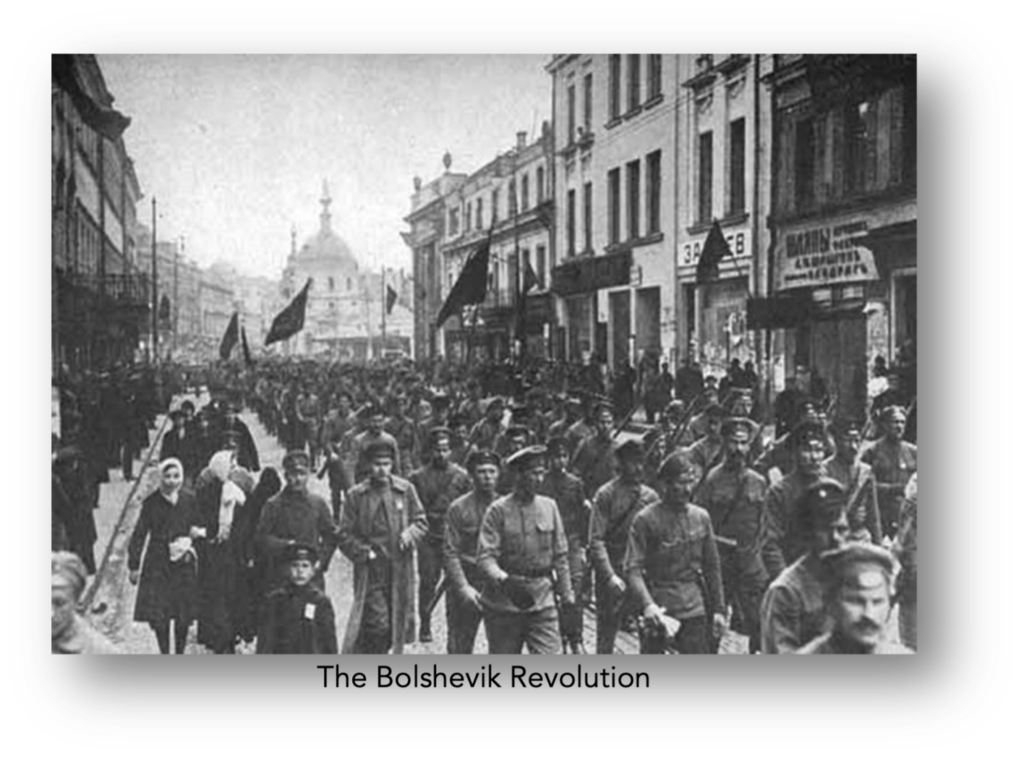
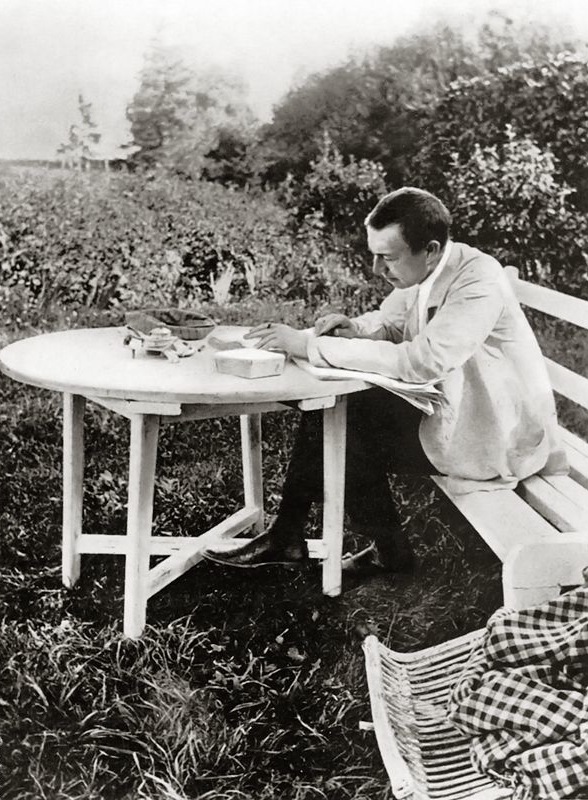
April 1917
Concert season had just finished. Rachmaninoff left his wife and daughters in Moscow as he went to Ivanovka for the spring sowing. The farm workers were in a state of excitement. Lenin had recently arrived from abroad and his demands for the redistribution of land from the owners to the peasants. As a landowner, with most of his income invested in Ivanovka, Rachmaninoff saw a bleak future. Some of his older workers had advised him to ‘get out harm’s way.’
“The impressions I received from my contact with the peasants, who felt themselves masters of the situation, were unpleasant. I should have preferred to leave Russia with friendlier memories.” ~ Rachmaninoff
June 1, 1917
Despairing letter to Siloti, asking for advice.
“I have spent pretty well everything I have earned in my life on my Ivanovka estate: about 120,000 roubles are now invested there. I am writing this off and reckon another crash is on the way for me. Besides, the conditions of life there are such that, after spending three weeks there, I have decided never to return. I still have about 30,000 roubles. This is something, especially if I can work . . . But I fear another crash: everything around so affects me that I cannot work, and I fear turning totally sour. Every circumstance advises me temporarily to leave Russia. But where and how? And is it possible? Could you possibly find a free moment with M.I.T [Tereshchenko, Foreign Minister] and consult with him? May I count on getting a passport for my family and me to get away, if only to Norway, Denmark, Sweden? . . . It makes no difference where! Anywhere! . . . Could I get such a permit by July? Could I take with me any money I have left? Or a part? How much? Have a talk with him! Perhaps he will suggest something else? Seen from the mountain peak, his view may be clearer! Talk to him and answer me quickly.” ~ Rachmaninoff to Siloti
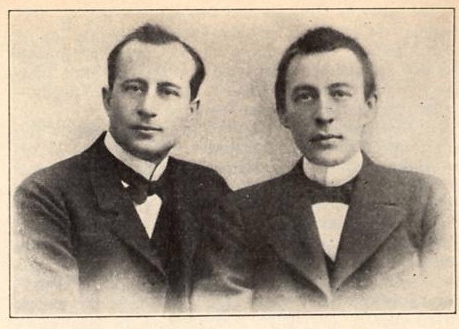

June 2, 1917
Rachmaninoff repeated his urgent request because Siloti had made no immediate reply to the letter above. He asked for advice in a similar panicky vein, adding the interesting sidelight that he had thought of giving Ivanovka to the ‘citizens’ but that even if he did, he would still not be free from the outstanding debts on it.
July 28, 1917
At a concert in Kislovodsk, Shaginyan met him for the last time. Rachmaninoff was depressed about the way the revolution was developing, afraid for his estate, the fate of his children, and frightened of ‘being left destitute’. He told her; he was going abroad ‘to wait for calmer times’.
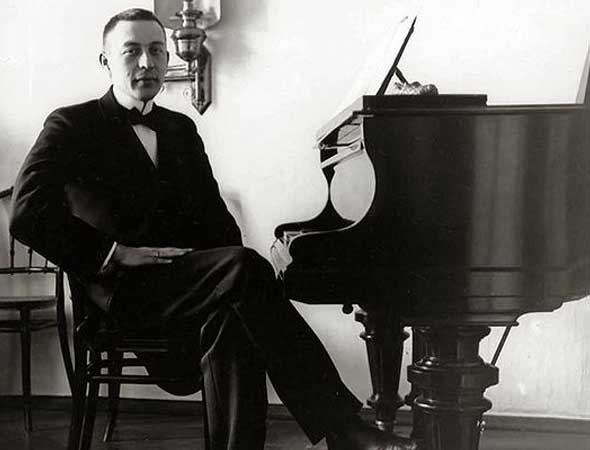
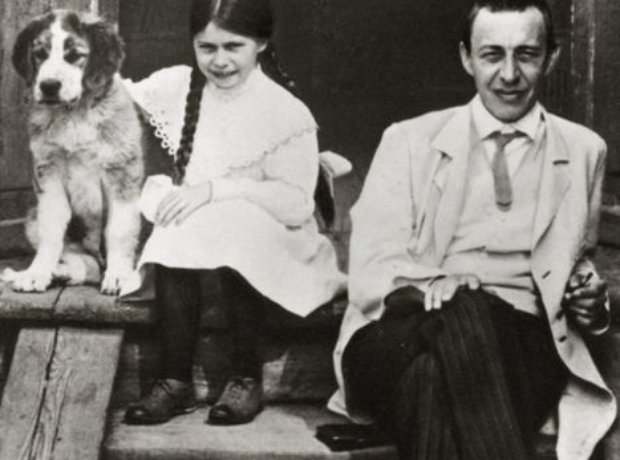
August - October 1917
In August, Rachmaninoff moved with his family to the resort of Simeiz in the Crimea, near to the Chaliapins. On September 5, 1917 Rachmaninoff made his final appearance in Russia at Yalta, playing the Liszt (First) concerto. After, he returned to his Moscow flat, still awaiting an escape.
On October 25, 1917 the Bolsheviks seized power of Petrograd and a week later Moscow.
November 1917
Concerts were suspended. Rachmaninoff began to revise his First Piano Concerto.
Rachmaninoff (like everyone) was a member of the house committee, taking night-watch duty in the block of his flats with his fellow citizens.
Normally requiring quiet and solitude while composing, the turbulent circumstances made this an extraordinary time to work.
“I sat at the writing-table or the piano all day without troubling about the rattle of machine-guns and rifle shots. I would have greeting any intruder with the answer that Archimedes gave the conquerors of Syracuse.” ~ Rachmaninoff.
While still working on the revision of the First Concerto, Rachmaninoff was offered a solution to his immediate problems, an unexpected invitation from neutral Scandinavia to appear in a series of concerts there.

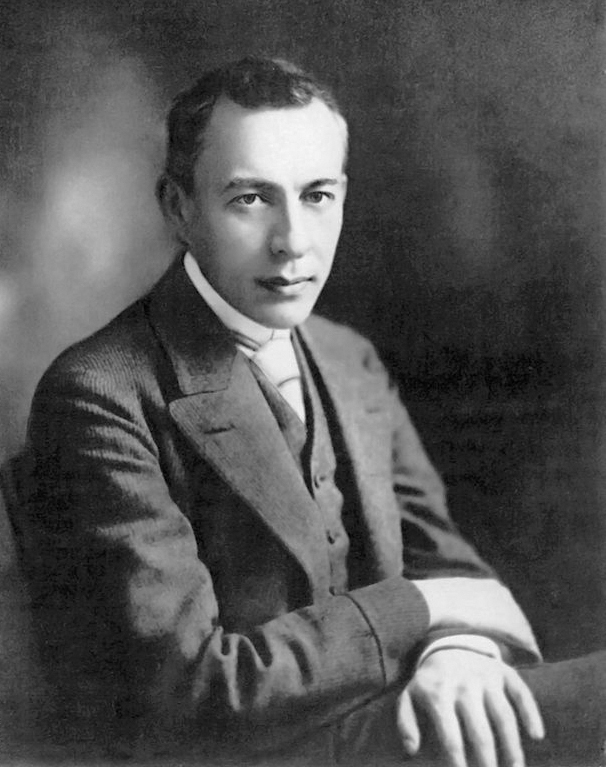
December 15, 1917
The newspaper announced Rachmaninoff’s imminent departure for a concert tour of Norway and Sweden ‘lasting more than two months’
December 20-23 , 1917
Rachmaninoff received the travel visas for himself and his family and on December 23rd left Russia, never to return.

